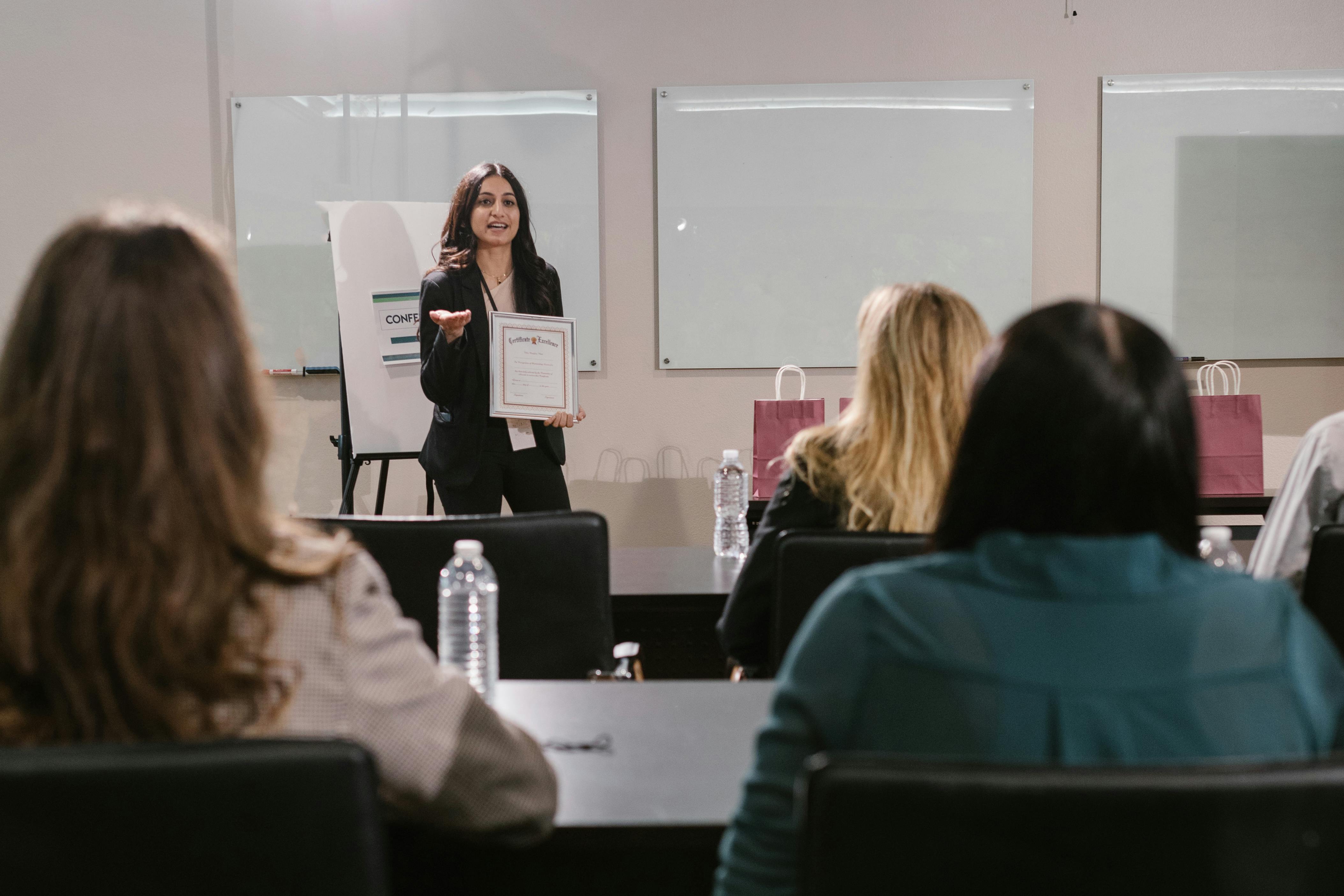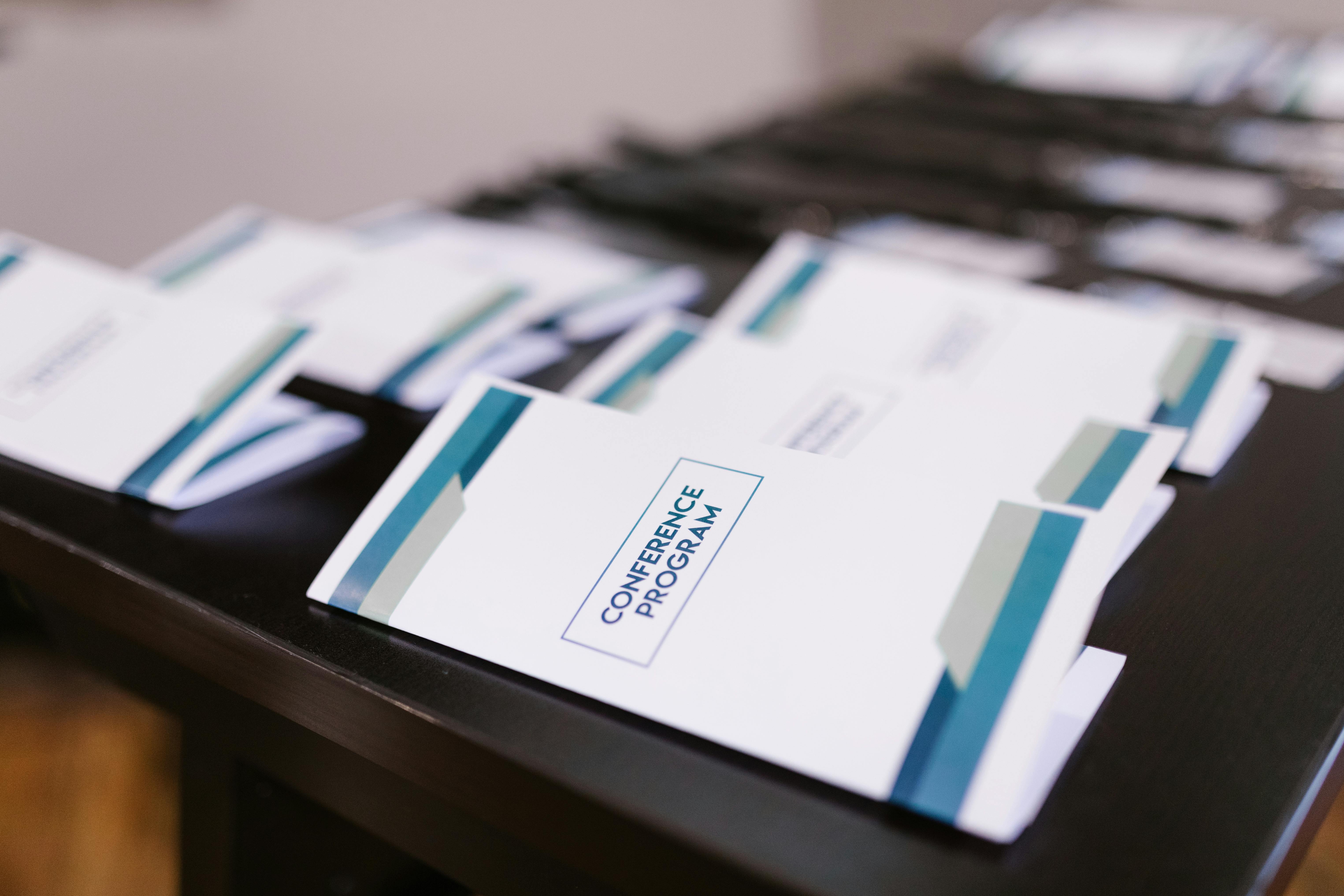Special Education Law Conference 2024: Key Insights & Practical Tips
The Special Education Law Conference 2024 is poised to be a transformative event for educators, administrators, and legal professionals alike. As legislation evolves and new case law emerges, understanding the nuances of special education law is more critical than ever. This comprehensive guide offers a deep dive into the essential topics covered at the conference and equips readers with practical knowledge to ensure compliance and advocacy excellence.

Understanding the Fundamentals
Before diving into strategies and advanced legal tactics, it’s essential to understand the foundational elements of special education law. The Individuals with Disabilities Education Act (IDEA) and related statutes form the backbone of this discipline. The evolution of these laws reflects broader societal shifts toward inclusion and equity.
Mastering these fundamentals not only ensures compliance but also strengthens advocacy for students with disabilities. Think of it as learning the grammar of a language—you can’t argue persuasively without understanding the basics.
1.1 The IDEA Framework
The IDEA mandates a Free Appropriate Public Education (FAPE) for all students with disabilities. It outlines how schools must create and implement Individualized Education Programs (IEPs). According to the U.S. Department of Education, over 7.5 million students benefited from IDEA services in 2023.
In practice, this law ensures tailored educational plans, proper assessments, and parental involvement. However, misinterpretation remains common, especially around what constitutes “appropriate” services under FAPE.
1.2 Section 504 vs. IDEA
Section 504 of the Rehabilitation Act and IDEA often overlap but serve distinct roles. While IDEA applies strictly to students who qualify under specific categories, Section 504 has a broader definition of disability, encompassing temporary or less visible impairments.
For instance, a student recovering from surgery may receive a 504 Plan without qualifying for an IEP. Understanding this distinction allows educators to assign the correct protections and services.
Practical Implementation Guide
Once the legal foundations are clear, the next step is applying them in real-world school environments. This section walks through the practicalities of executing compliant and effective special education programs within diverse school settings.

2.1 Actionable Steps
- Conduct Thorough Assessments: Use multidisciplinary teams to evaluate needs comprehensively and document findings accurately.
- Develop SMART Goals in IEPs: Ensure goals are Specific, Measurable, Achievable, Relevant, and Time-bound. Include behavioral and academic targets.
- Monitor and Revise: Set regular review dates. Use data to adjust teaching strategies and services in collaboration with families.
2.2 Overcoming Challenges
Common obstacles include lack of training, inconsistent implementation, and administrative overload. Watch for signs such as delayed evaluations or vague IEP goals, which can lead to noncompliance.
To mitigate issues:
- Provide ongoing professional development for all staff.
- Utilize digital IEP management tools for documentation.
- Foster transparent communication with parents and guardians.
Advanced Applications
Once core systems are established, schools can begin to explore more complex applications of special education law. These methods enhance program efficacy and improve legal defensibility. They are typically adopted by experienced districts looking to go beyond basic compliance.

3.1 Data-Driven Advocacy
Using academic and behavioral data for advocacy is a powerful method. For example, tracking progress via real-time dashboards allows educators to proactively adjust services. In one district showcased at the Special Education Law Conference 2024, student performance improved 22% when data was reviewed monthly with stakeholders.
3.2 Integrating Assistive Technology
Advanced programs incorporate tools like speech-to-text software or communication apps. However, compatibility is crucial—ensure devices align with both IEP goals and broader instructional systems. Pilot programs often help test new technologies before full adoption.
Future Outlook
Looking ahead, AI-based accommodations, virtual IEP meetings, and personalized learning systems are on the horizon. These trends could redefine how services are delivered and documented, making compliance more efficient and tailored.
Experts at the Special Education Law Conference 2024 forecast increased litigation around digital learning access. Districts should begin preparing by investing in secure, accessible platforms and revisiting their procedural safeguards.
Conclusion
Three key takeaways from this guide include: understanding the legal framework is non-negotiable, successful implementation depends on collaboration and data, and the future of special education law lies in innovation and adaptation.
For educators and administrators, attending events like the Special Education Law Conference 2024 is an invaluable step toward staying ahead. Get involved, seek out training, and lead with empathy and compliance in mind.
Frequently Asked Questions
- Q: What is the main goal of the Special Education Law Conference 2024? To provide updates on legal requirements, offer hands-on workshops, and foster collaboration among stakeholders.
- Q: How can I get started with special education law? Begin by reading IDEA regulations, reviewing IEP templates, and attending a relevant conference or workshop.
- Q: How much time does it take to develop a compliant IEP? Typically 2-4 weeks, depending on evaluation timelines and team availability.
- Q: What does it cost to implement a special education program? Budgets vary, but costs range from $1,500 to $12,000 per student annually, depending on needs and services required.
- Q: How does special education law compare to general education law? Special education law adds additional layers of protection and process, including IEPs, procedural safeguards, and due process rights.
- Q: Is special education law difficult to learn? It has a steep learning curve, but with the right resources and training, most educators can become proficient.
- Q: How is special education law applied in vocational or alternative schools? These settings must still comply with IDEA and Section 504, with IEPs adapted to include career and technical goals.
